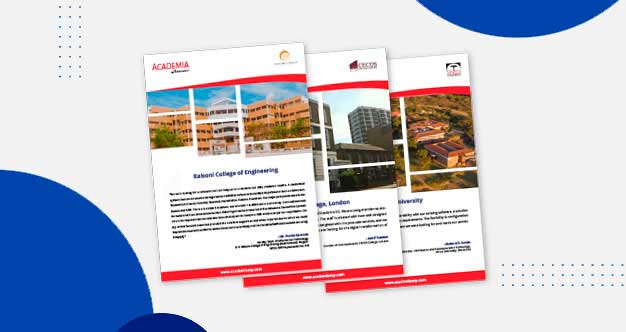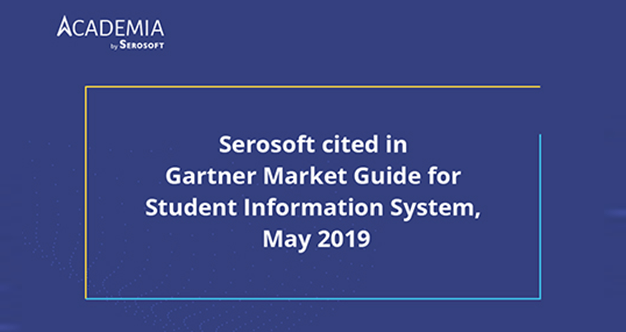Navigating the Student Debt Crisis: How Technology Leads the Way
“Debts are like cobwebs: easy to get into, but difficult to get out of.”
One issue that stands out starkly in higher education is the mounting burden of student debt. According to recent reports from the Federal Reserve in the USA, student loan debt has exceeded a staggering $1.7 trillion, with the average college student carrying a weighty $30,000 debt load. This financial strain impacts individual students and poses broader societal challenges. However, amidst this crisis, technology emerges as a powerful tool with the potential to alleviate the burden of student debt and foster a more equitable educational landscape.
Optimizing Resource Allocation:
Modern Student Information Systems (SIS) offer invaluable insights into utilizing resources within educational institutions, ranging from faculty time to classroom and laboratory space. By leveraging these insights, institutions can optimize resource allocation, potentially reducing the overall cost of education.
Through platforms like AcademiaERP, comprehensive charts and dashboards provide detailed analyses of resource utilization, enabling institutions to identify and address inefficiencies proactively. By maximizing resource utilization, educational institutions can make education more affordable, thus diminishing the need for students to resort to borrowing.
Early Identification and Support of At-Risk Students:
SIS platforms are equipped with tools for tracking student performance and identifying at-risk students. Leveraging data analytics, educators can provide targeted academic support to struggling students, such as tutoring or counseling, increasing their likelihood of academic success. By reducing dropout rates and improving graduation rates, institutions can mitigate the need for students to incur additional debt due to academic setbacks.
Institutes can use AcademiaERP’s analytics module to identify at-risk students by analyzing various data points, such as attendance and exam performance, and intervening in a timely manner.
Support for Work-Study Programs and Internships:
Some SIS platforms include modules for managing work-study programs and internships. By facilitating student participation in these programs, institutions enable students to earn income to offset educational expenses while gaining valuable work experience. This reduces reliance on student loans and enhances students’ employability post-graduation.
AcademiaERP’s Placement modules streamline the process of accessing internship opportunities, providing students with valuable avenues for financial support and career development. Institutes can post internship opportunities and define eligibility criteria, and eligible students can apply for the internship online from the student portal.
Student Advising:
SIS platforms assist students and advisors in planning course schedules more efficiently, ensuring timely graduation and minimizing unnecessary expenses. By optimizing course selection and progression, students can reduce the length of their enrollment and associated costs, thereby mitigating debt accumulation.
Financial Aid Management:
Integration with financial aid systems enables SIS platforms to seamlessly manage student aid applications, disbursements, and eligibility. By streamlining these processes, institutions make it easier for students to access available aid, ensuring efficient allocation of funds. Additionally, increased transparency regarding financial aid status empowers students to make informed decisions, potentially reducing reliance on loans.
Enhanced Communication and Engagement:
SIS systems facilitate communication between institutions and students, providing information about financial literacy resources, scholarship opportunities, and financial aid workshops. By enhancing students’ awareness of available resources, institutions empower them to make sound financial decisions and reduce reliance on loans.
AcademiaERP’s communication channels enable automated messaging to inform students about events and opportunities related to financial aid, fostering greater engagement and financial literacy.
In conclusion, the student debt crisis in higher education is a multifaceted issue that demands innovative solutions. By harnessing the power of technology, educational institutions can mitigate the burden of student debt and create a more accessible and equitable educational landscape for all. Through optimized resource allocation, early intervention strategies, support for work-study programs, efficient student advising, streamlined financial aid management, and enhanced communication, technology holds the key to a brighter future for students and institutions alike.
Related Posts:
 Higher Ed Plans
Higher Ed Plans K12 Plans
K12 Plans










